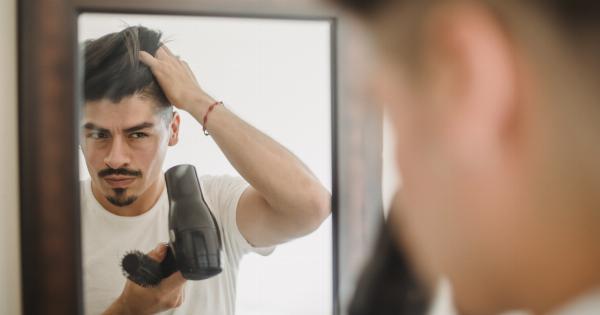Over the years, hair loss has been a challenging problem for many people. Hair restoration is a procedure that has been in existence for many years. In the past, it was associated with various risks and complications.
However, with the development of new technology, hair restoration becomes safer and easier. Follicular Unit Extraction (FUE) and microstrip combination are two hair restoration techniques that have revolutionized the industry. This article explores how FUE & Microstrip combination are the game-changer in hair restoration.
What is FUE?
Follicular Unit Extraction (FUE) is a hair restoration procedure that involves removing individual hair follicles from the scalp to be transplanted to the bald area.
The process involves the use of a small punch tool to create a tiny circular incision around the hair follicle. The hair follicle is then removed from the scalp using forceps.
What is a Microstrip?
A microstrip is a thin strip of material that is composed of a dielectric layer with a thin layer of metallic conductors on top. It is used to transmit radio signals and is commonly used in antennas.
In hair restoration, the microstrip acts as a scaffold for the hair follicles to grow on.
How do FUE and Microstrip Combination work?
The FUE and microstrip combination involve the use of microstrips to create a scaffold on the balding area. The hair follicles are then removed from the donor area using FUE techniques and inserted into the microstrip.
This creates a natural-looking hairline and ensures that the hair follicles grow in an organized manner, resulting in a fuller head of hair.
Benefits of FUE and Microstrip Combination
There are several benefits of using FUE and microstrip combinations in hair restoration. Here are some of the benefits:.
- Minimal scarring: FUE technique leaves tiny circular scars, which are virtually invisible, and when combined with microstrip, the result is a scar-free procedure.
- Quick recovery time: FUE and microstrip combination is a minimally invasive procedure that requires no downtime. Patients can return to their normal activities within a few days.
- Natural-looking results: FUE and microstrip combination creates a natural-looking hairline as the hair follicles grow in an organized manner.
- Wide application: The FUE and microstrip combination can be applied to any hair type, including Afro-textured hair, making it an ideal choice for almost everyone.
Risks Associated with FUE and Microstrip Combination
Like any other surgical procedure, FUE and microstrip combination is associated with some risks. Here are some of the risks:.
- Bleeding: The procedure may cause bleeding, but it is minimal and rare.
- Infection: Infection is a rare complication, but it is possible. Therefore, patients must adhere to strict post-operative care.
- Swelling: Swelling is a common side effect of the procedure, but it usually resolves within a few days.
- Unnatural-looking hairline: If not done correctly, the procedure may result in an unnatural-looking hairline. Therefore, patients must choose a qualified and experienced surgeon.
Who is a Suitable Candidate for FUE and Microstrip Combination?
FUE and microstrip combination is suitable for anyone with hair loss or thinning hair. However, candidates with extensive hair loss may not be ideal candidates. Candidates must have enough donor hair for the procedure to be successful.
How to Choose the Right Surgeon for FUE and Microstrip Combination?
The success of the FUE and microstrip combination largely depends on the surgeon’s expertise and experience. Here are some tips for choosing the right surgeon:.
- Research: Conduct research on potential surgeons and check their qualifications and experience in hair restoration. Check their portfolio of successful hair transplant procedures.
- Ask for Referrals: Ask for referrals from friends and family members who have undergone hair restoration procedures before. They can recommend a reliable surgeon with a proven track record.
- Consultation: Schedule a consultation with your potential surgeon. The consultation will give you an opportunity to ask important questions about the procedure and get to know your surgeon better.
Conclusion
The FUE and microstrip combination have revolutionized hair restoration procedures. These techniques provide a minimally invasive alternative to traditional hair restoration procedures.
However, it is essential to choose a qualified and experienced surgeon to ensure the procedure’s success. FUE and microstrip combination offer a safe and effective way to restore hair loss and promote natural hair growth.

























